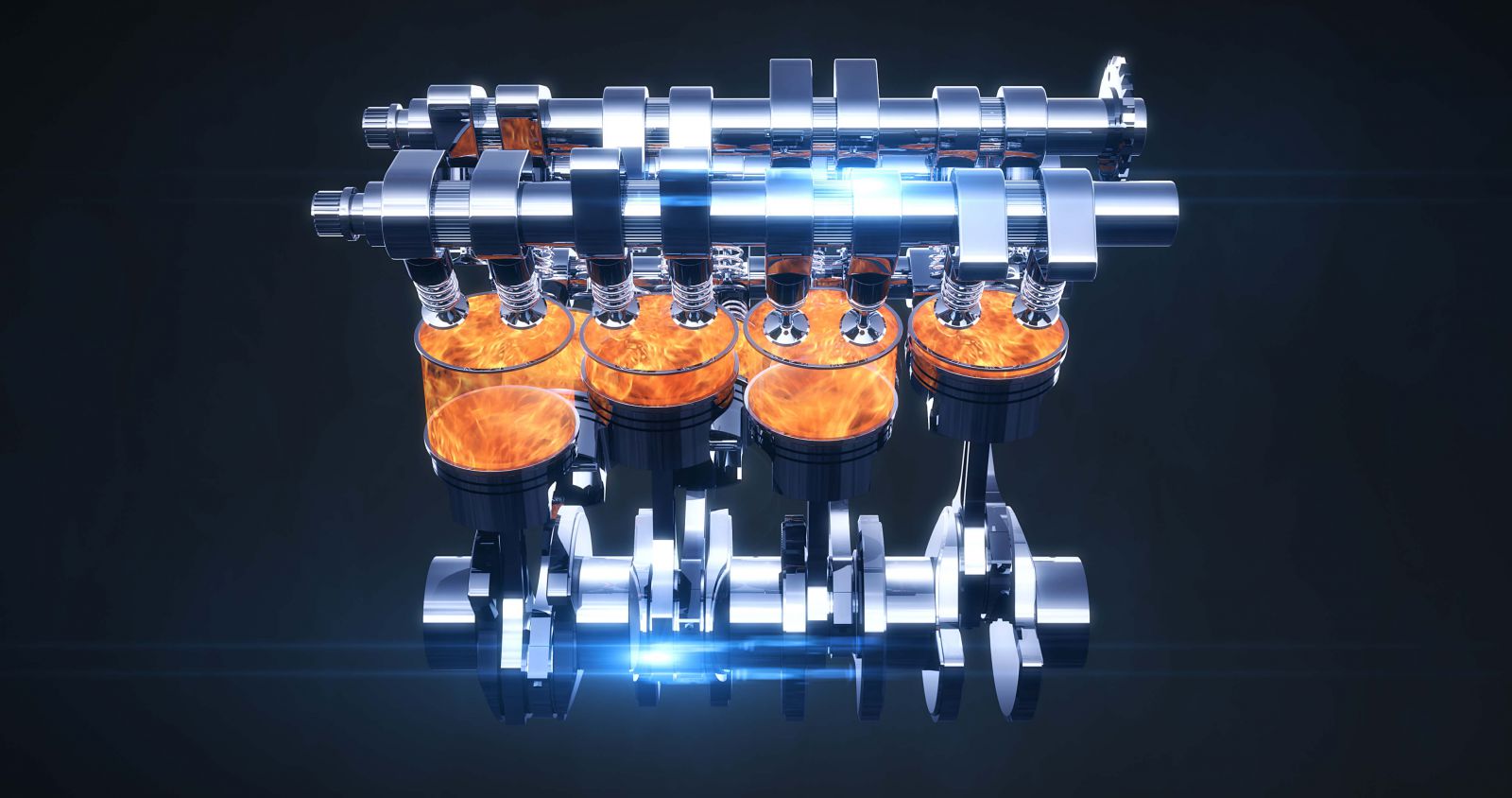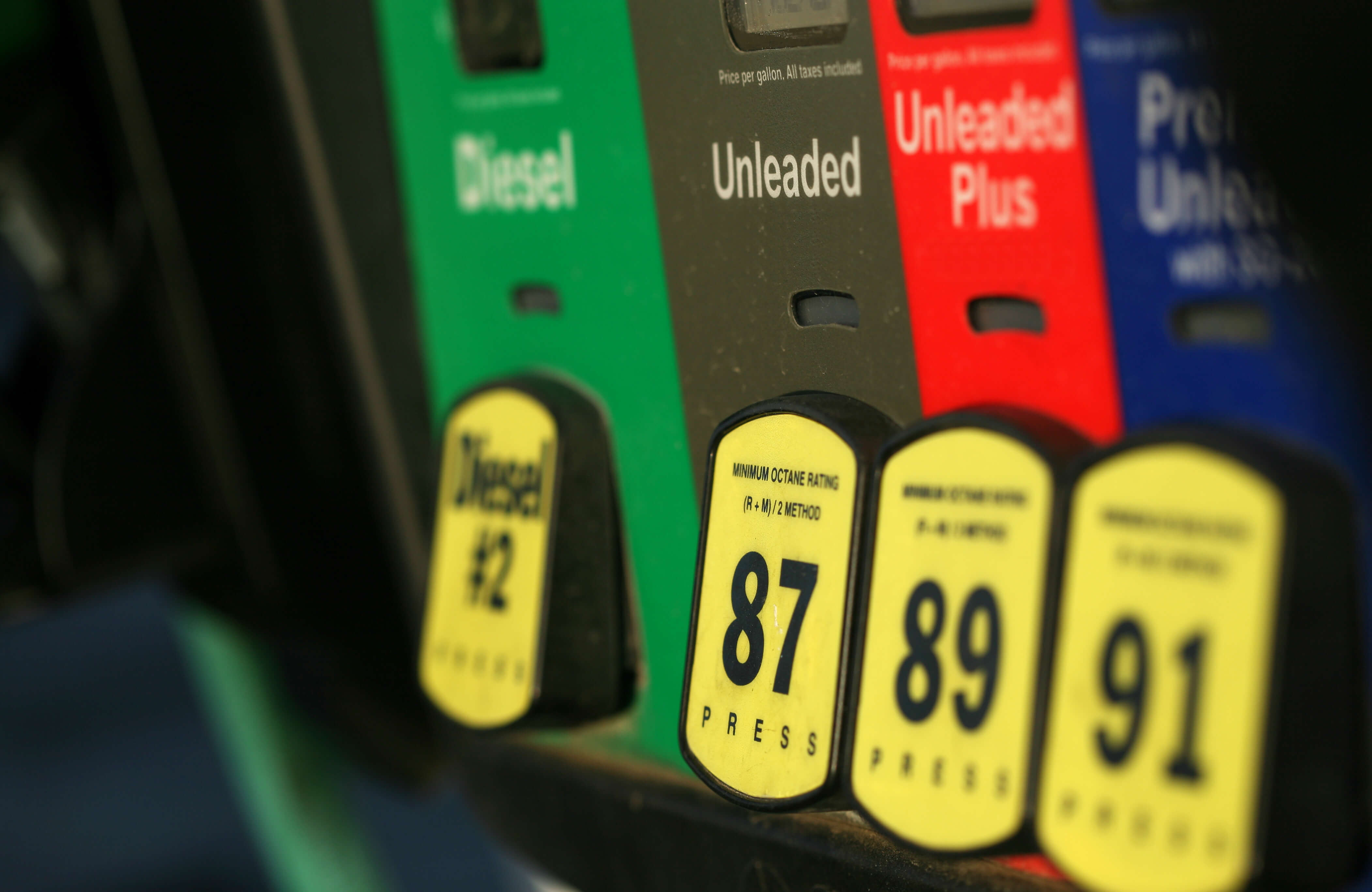Performance Fuels

What is Vapor Pressure and Why Should You Care?
- Category:
- Fuel Facts
by Grassroots Motorsports
Posted on 8/15/2024

Know how stale fuel can leave an engine sluggish or hard to start? Or ever wonder why winter fuel blends can hurt miles per-gallon numbers? A dive into fuel vapor pressure will explain why.
But first we need to quote the Encyclopædia Britannica (hence the extra u’s): “Vapour pressure is a measure of the tendency of a material to change into the gaseous or vapour state, and it increases with temperature.”
Gasoline is measured according to its Reid vapor pressure. “Reid vapor pressure is specifically related to how easily the fuel evaporates at 100 degrees Fahrenheit,” explains Zachary J. Santner, senior specialist of quality at Sunoco. “Gasoline is a liquid for convenient handling but needs to easily vaporize so it can mix with air for complete combustion.”
Liquid gasoline can’t burn–it’s the combination of air and gasoline vapors that ignites. That’s why engines mix the two via a carburetor or fuel-injection setup.
A gasoline’s Reid vapor pressure simply measures the amount of vapor coming of the fuel that’s free to mix with oxygen for easy starting and fast throttle response.
Butane, one of the many compounds found in pump gasoline, is used to tailor gasoline’s vapor pressure to the EPA specs for each U.S. state based on typical climate throughout the year. (Small side note: Sunoco notes that the vapor pressure specs of its race fuels remain constant year-round, as each blend follows a set recipe.)
Adding about 10% more butane in the winter–thus raising the vapor pressure–helps engines start in colder weather. However, butane contains about 20% less energy than gasoline, so the fuel efficiency will be slightly lower. Santner adds that Sunoco Race Fuels don’t contain butane due to its tendency to quickly evaporate during the warm months of the racing season.
“If the fuel tank is vented to atmosphere, the butane can start to evaporate out unless the daily temperatures are below freezing,” Santner explains. “This makes cold weather fuel more susceptible to vapor pressure loss.” To prevent it, fuel containers should be tightly sealed during storage.
Reread that previous paragraph and take home this fact: If a fuel supply is allowed to vent to atmosphere, the butane evaporates and contributes to smog, while the fuel left behind becomes harder to ignite. As they say in the biz, it goes stale.
One more note from Santner: “If you’re using fuel in cold months, make sure it was purchased in cold months. A lot of people run into trouble when they try to start their snowblower on the gas they have left over from summer.”




